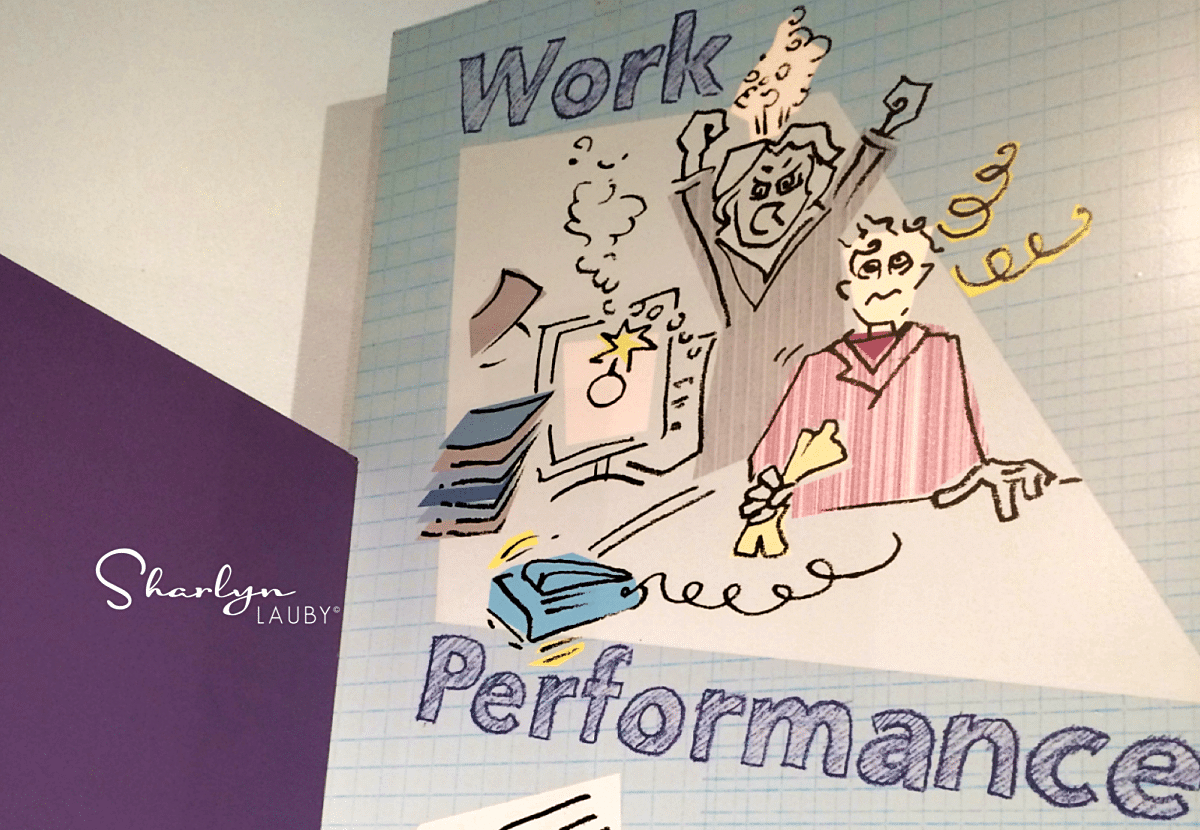Employee Performance: The 6 Influence Areas
We all know that employee performance is important. And we spend a lot of time talking about how to achieve higher levels of employee performance via manager one-on-one meetings, coaching sessions, and career development. But do we know the factors that influence employee performance in the first place?
During this year’s Association for Talent Development (ATD) International Conference and Exposition, I attended a workshop on improving human performance and we talked about six factors that influence employee performance. We went into some significant depth about this during the workshop, but this will give you a high-level overview. In your organization, you might find that you want to compartmentalize the areas differently.
First of all, think about these areas in terms of whether they’re internal or external to the employee. Employee performance is influenced by both the employee and the work environment, which in some cases, the employee has very little control over.
In terms of those areas external to the employee, there are three factors that can influence performance.
- Organizational processes have a huge influence on employee performance. Not only policies, procedures, and guidelines, but organizational structure. For example, companies that have created bureaucratic cultures probably run into challenges from time to time where bureaucracy gets in the way of performance.
- Physical resources such as technology, tools, equipment, etc. have an impact on employee performance. That was one of the reasons that organizations started designing open office environments – to improve collaboration and employee performance. It’s also one of the reasons that they are reconsidering those designs.
- Data and information ties into the physical resources area. If organizations are behind the curve when it comes to things like technology, then could also be limiting the amount of data and information that employees have access to…which could impact the quality of the decisions they make.
Now on the other side, there are also three internal factors that influence employee performance.
- Individual abilities include emotional intelligence, wellness, etc. Organizations try to find out about these qualities when they interview candidates or consider employees for promotion. Those qualities can set a candidate apart from others and help employees build a strong network of mentors.
- Motivation factors play a role in employee performance. This is no surprise. The question becomes what are the motivators – money? Recognition? benefits and perks? a fancy office? Maybe it’s a combination of motivating factors. The key is understanding what those factors are AND whether the organization can deliver on them (see #2 above).
- Job knowledge is an important part of employee performance. Employees want to feel that they know what to do and are being set up for success. And when they’re presented with a new task, even if they’re a little nervous, they want to know that the company supports them.
Honestly, none of these are probably a big surprise. But I wonder how much organizations are using this information when faced with an employee performance challenge. And not just on an individual level. As organizations look to the future and are thinking about introducing new products and services or merging operations, do they ask themselves “I know we’re training employees but are we making sure they have all the other tools to perform at a high level?”
Employee performance is about more than training. All the pieces of the puzzle create a high performing culture.
Image captured by Sharlyn Lauby while exploring the Broward Museum of Discovery and Science in Fort Lauderdale, FL
11